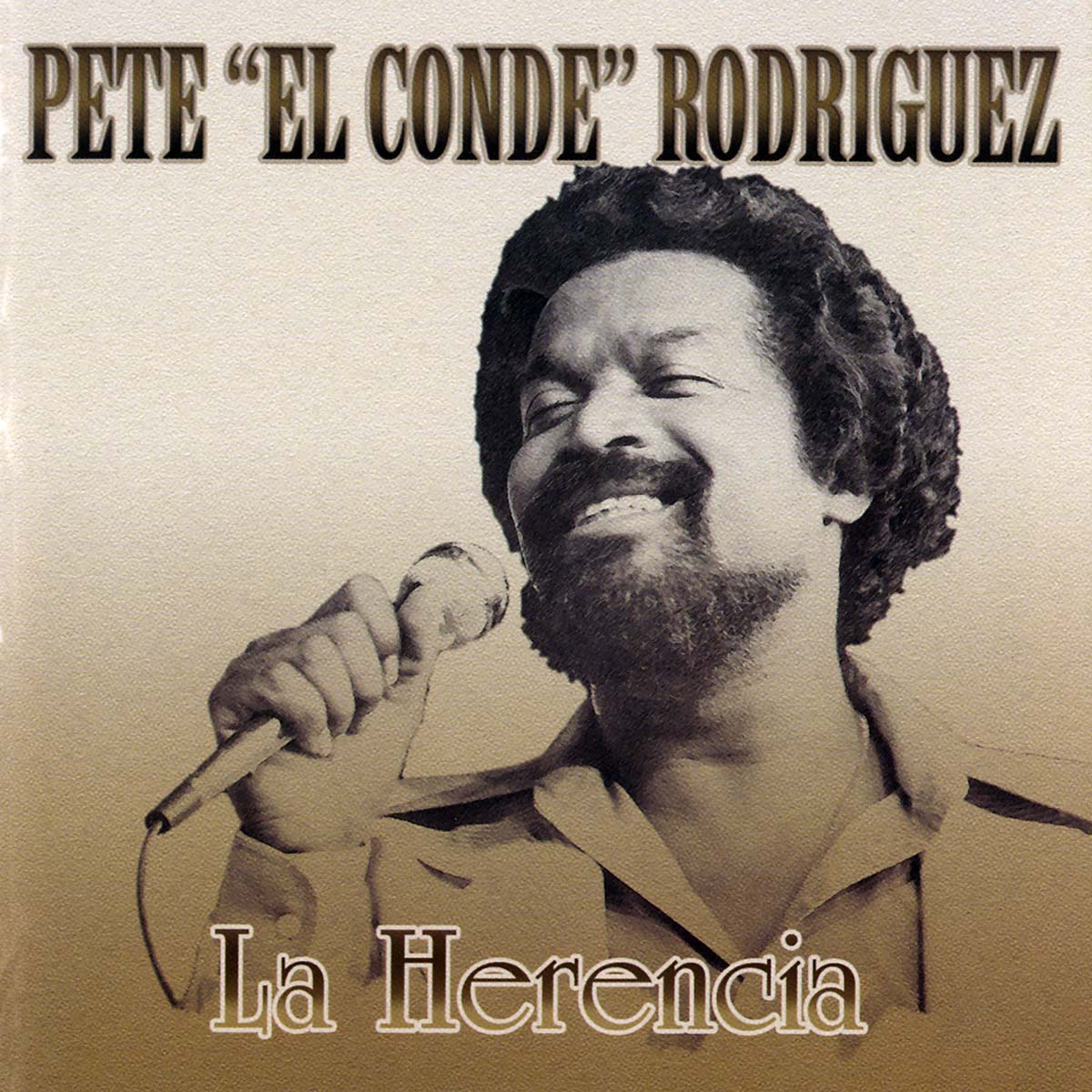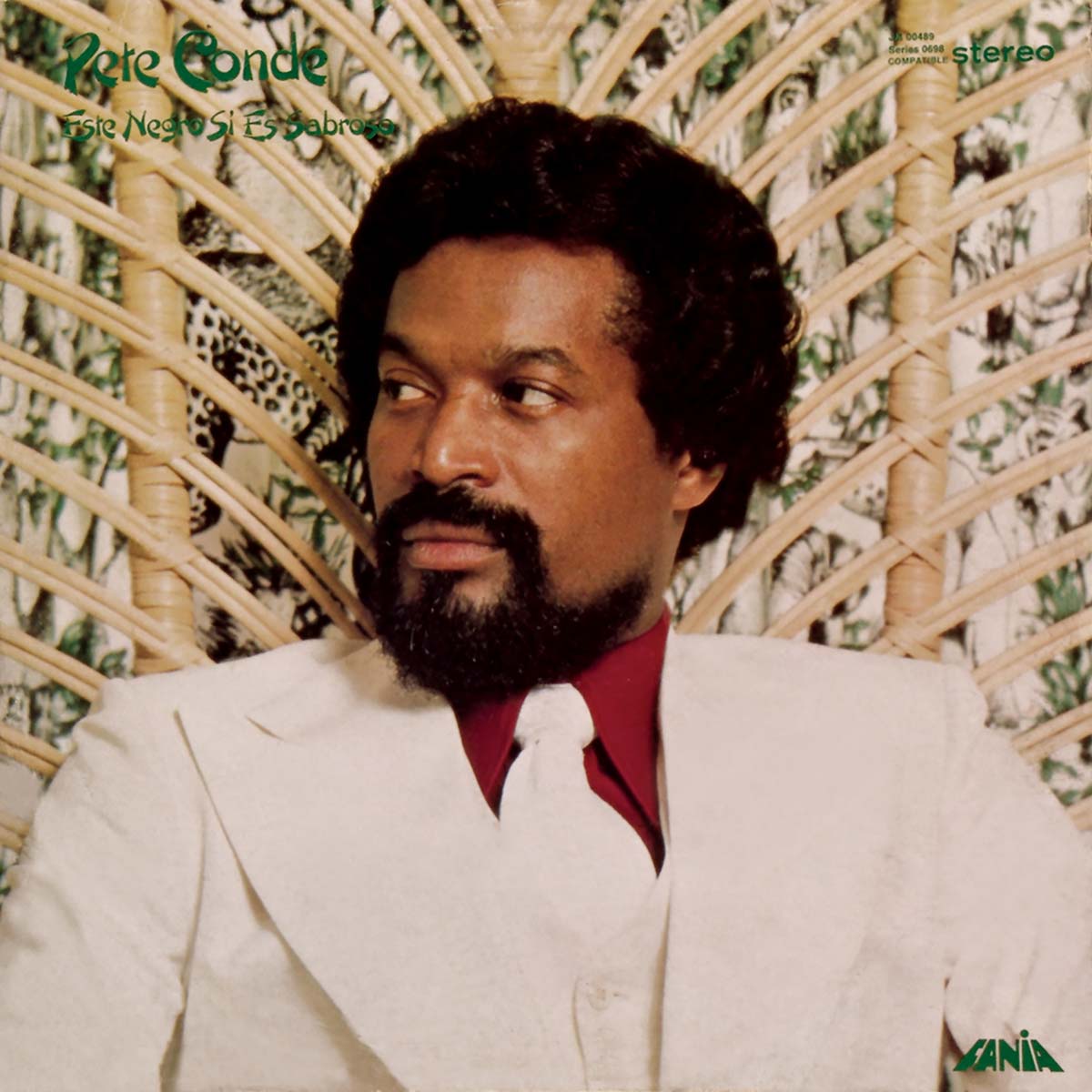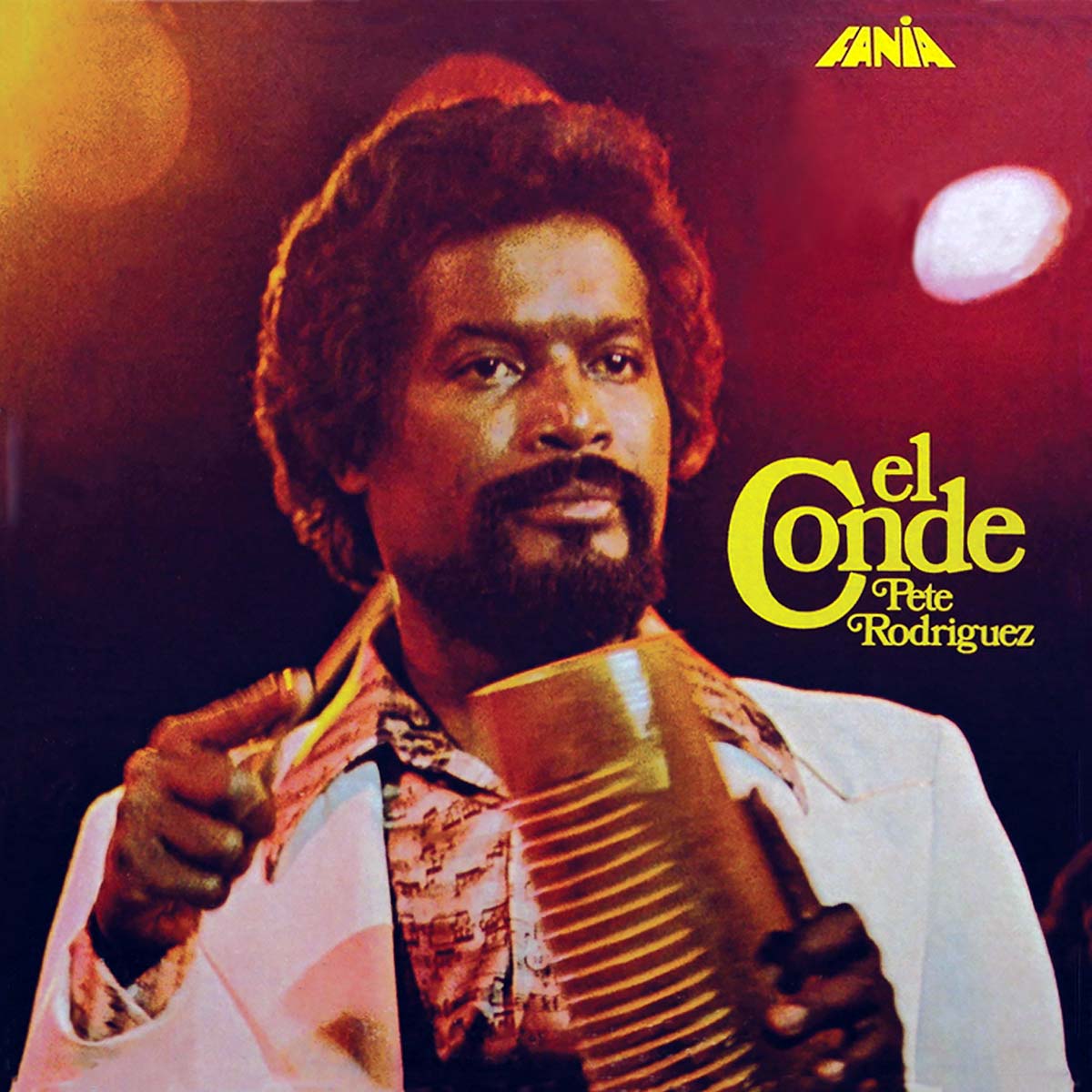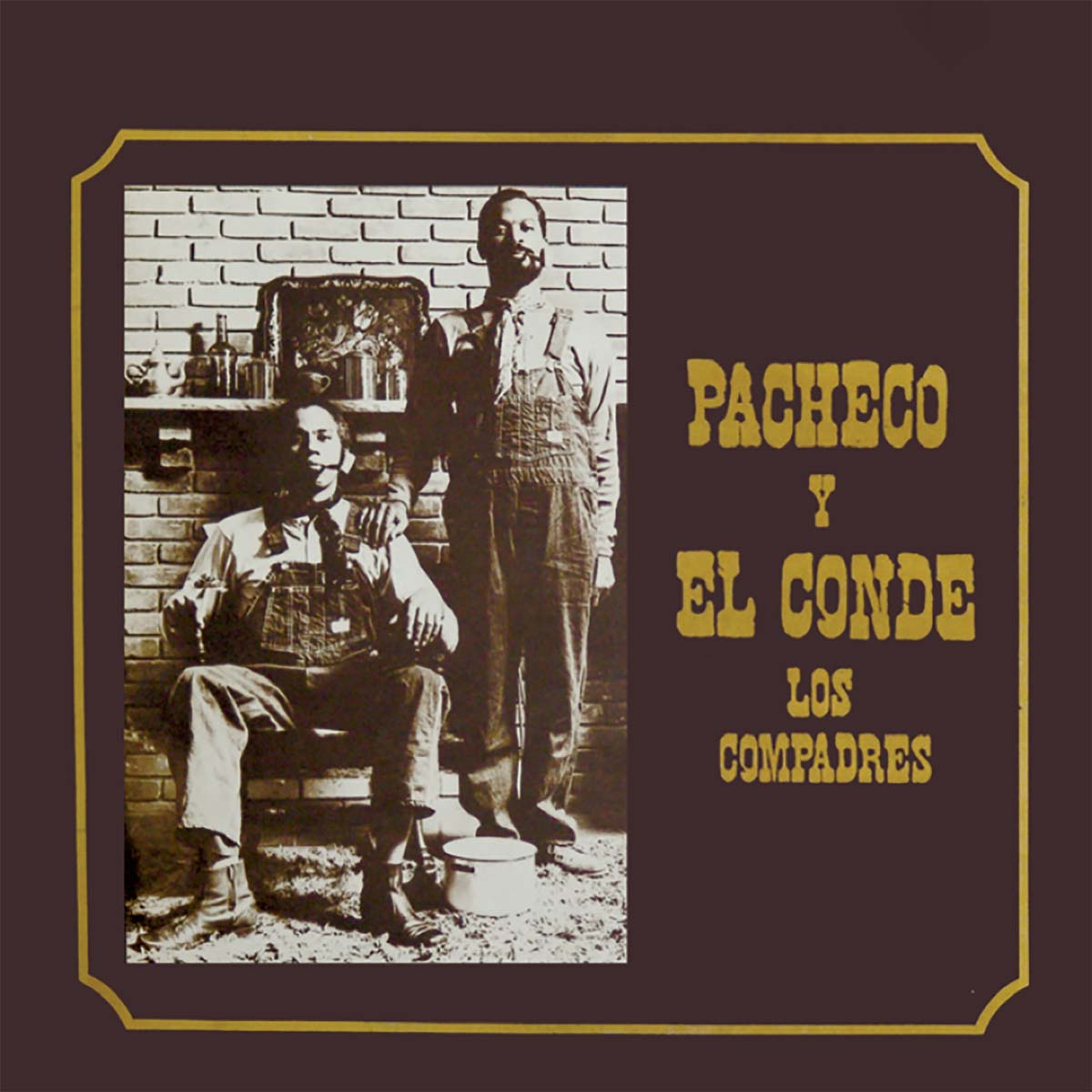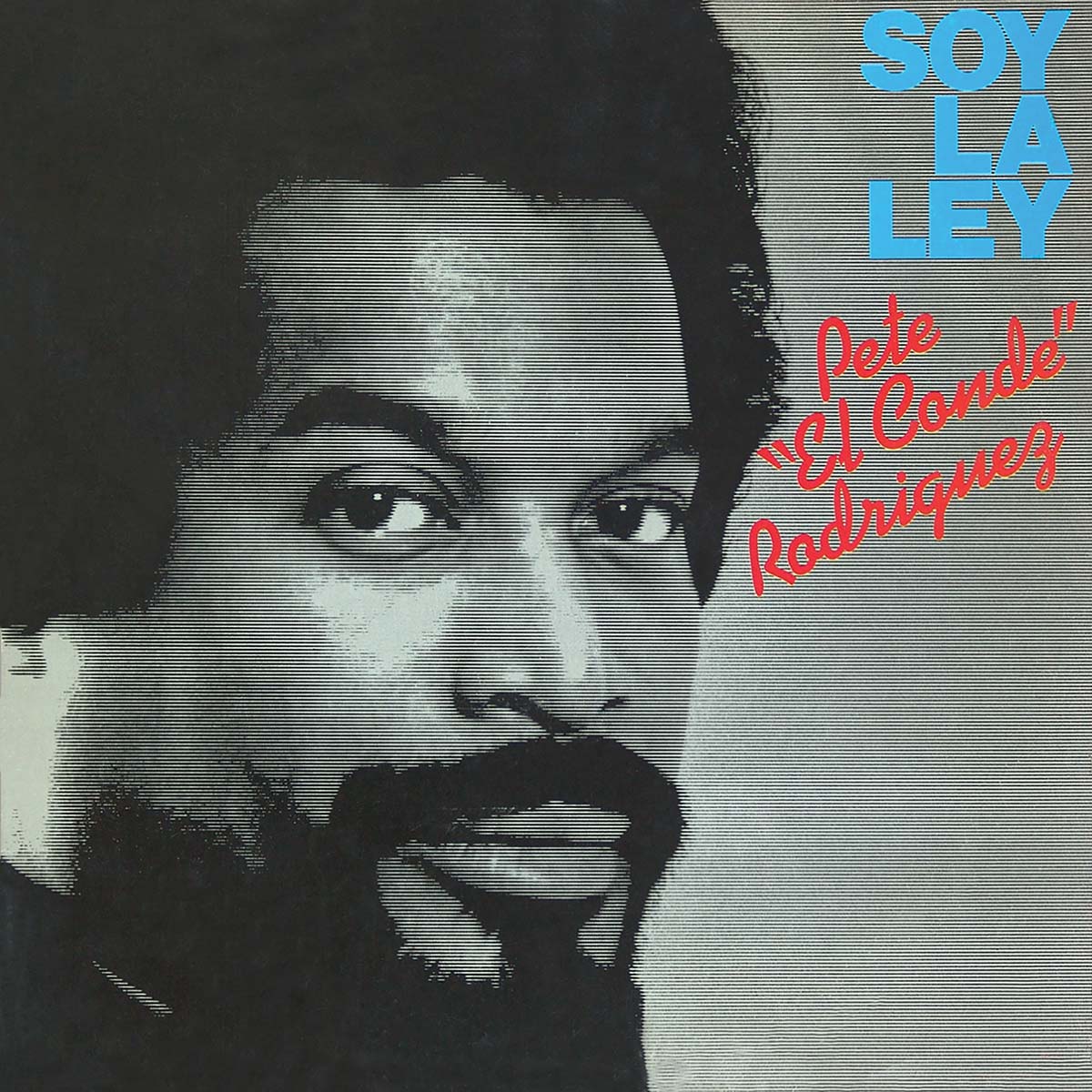
SOY LA LEY PETE EL CONDE RODRÍGUEZ A gritty session of tightly woven salsa jams, “Soy La Ley” epitomizes the essence of Pete El Conde Rodríguez: like the late Puerto Rican sonero himself, this 1979 album is elegant, unpretentious, and reliable to a fault.
“Soy La Ley” is no salsa masterpiece. It lacks the edgy fire of the records that El Conde contemporaries like Rubén Blades or Eddie Palmieri were releasing at the same time. Compared to the lackluster qualities of most post-Fania salsa, however, it is zesty enough to qualify as a classic. By 1979, Rodríguez had already experienced his creative and commercial zenith. Five years earlier, he had left Johnny Pacheco’s conjunto with the maestro’s blessing, and recorded El Conde – his first solo outing and a Pacheco album in everything but name. In 1976, Este Negro Sí Es Sabroso established the singer as one of the toughest soneros of his generation. Boosted by the songwriting genius of Tite Curet Alonso, El Conde had scored smash hits with dense Afro-Cuban narratives such as La Abolición, Pueblo Latino, and Catalina La O. To the hard working Rodríguez, Este Negro Sí Es Sabroso was the last in a series of steps that confirmed his status as salsa royalty – a title that he would maintain until the end of his life in December of 2000.
Even though he had managed to become a star in his own right, El Conde’s concerts of the time still contained many of the hits that he had recorded with Dominican bandleader Johnny Pacheco during the ’60s and ’70s. In El Conde’s chocolaty voice, Pacheco had found the perfect ally in his crusade to make the Cuban roots of tropical music hip again. Inspired by the flavorful, yet somewhat conservative aesthetic of La Sonora Matancera, Pacheco imbued New York salsa of the ’70s with La Matancera’s vibrant trumpet lines, lilting bongo beats and moderate approach to Afro-Caribbean combustion. Songs such as Dulce Con Dulce and La Esencia del Guaguancó (both vocalized by Rodríguez) illustrated a specific stylistic direction that would continue to haunt the singer in most of his solo recordings. “Soy La Ley” opens with a tough, six minute-long title track that finds The Count boasting about being la ley en la escuela de rumberos (the law – meaning, the last word – in the school of rumberos.) The song is split in half by an ambitious piano solo, courtesy of Eddie Martínez. The brass section’s subsequent moña makes the track even more danceable.
El Conde enjoyed the riches and fame of an acclaimed salsero, but his early life had more than its share of sadness: the death of his father when he was still a child; the racism that surrounded him during most of his youth; and a painful struggle to establish himself as a respected musician. This may explain why so much of his repertoire is melancholy by nature. “Recuerdos De La Escuela,” for instance, is a bittersweet tune whose upbeat cowbell beat contrasts the nostalgic lyrics about returning to his hometown and wondering whatever happened to his old classmates. Richly layered and deceptively complex, it is one of the album’s strongest moments. If anything, “Soy La Ley” underscores the idiosyncrasies that made El Conde’s discography so unique: here was a Puerto Rican singer who was always conscious of his boricua roots, yet enamored with the classic sound of Cuba. In effect, The Count brought Cuba and Puerto Rico together in one tasty stew – it’s hard not to be swept away by such a soulful combination. Written by Ernesto Lechner
Personnel: Víctor Paz – Trumpet Eddie Martínez – Piano Puchi Boulong – Trumpet Freddy Sánchez – Conga Víctor Cruz – Bongo Nelson González – Tres Félix Vega – Trumpet Francis Bonnie – Trumpet Pete El Conde Rodríguez – Maracas & Güiro Lead Vocal – Pete El Conde Rodríguez Coro – Ramón Rodríguez & Pete El Conde Rodríguez Arrangements By – Louie Cruz, Louie Ramírez & Louie Perico Ortiz Produced By – Frances Rodríguez Recording Director – Louie Ramírez Original Photography – Jorge Pardo Original Album Design – Susan Wiley Original Art Director – Alberta Sayan


